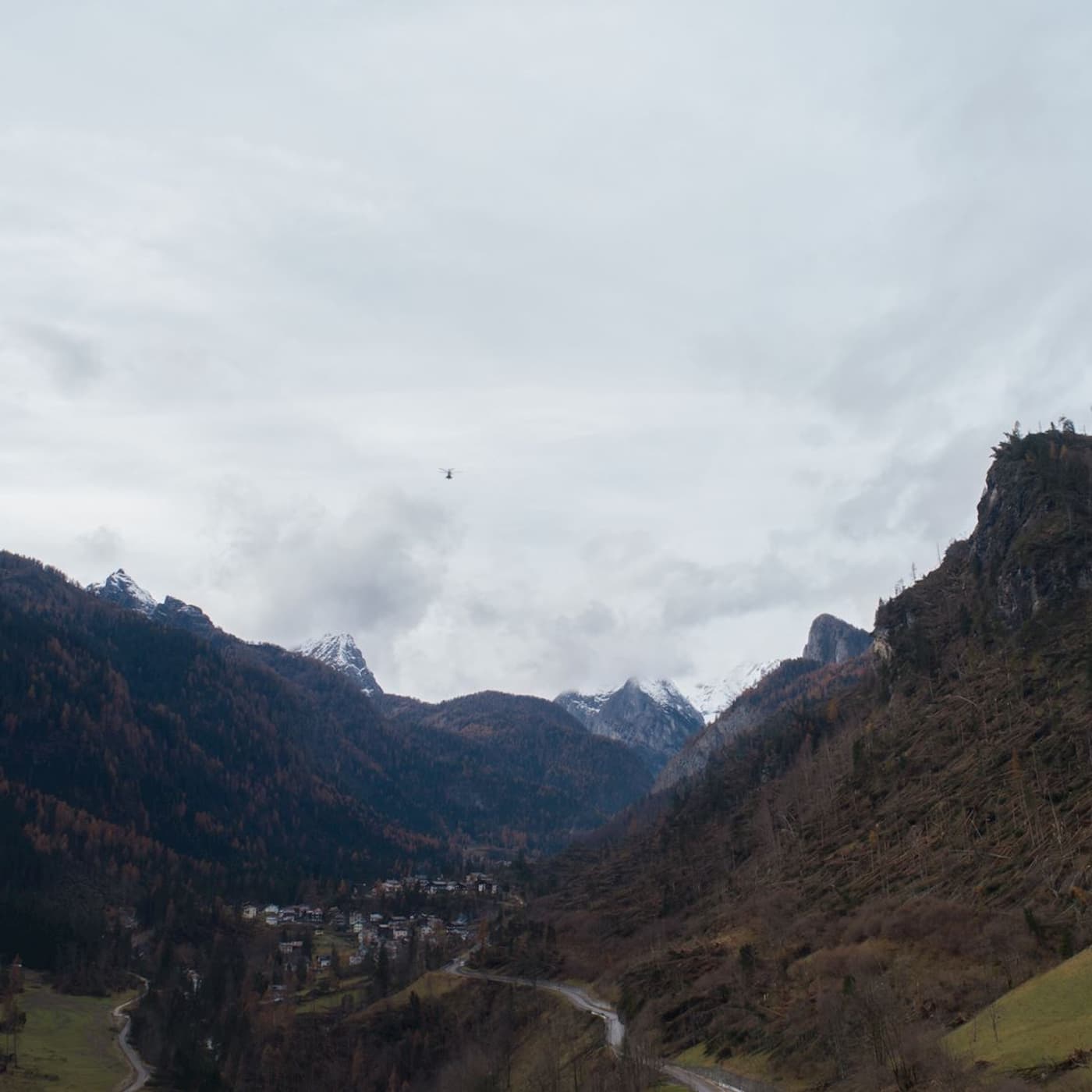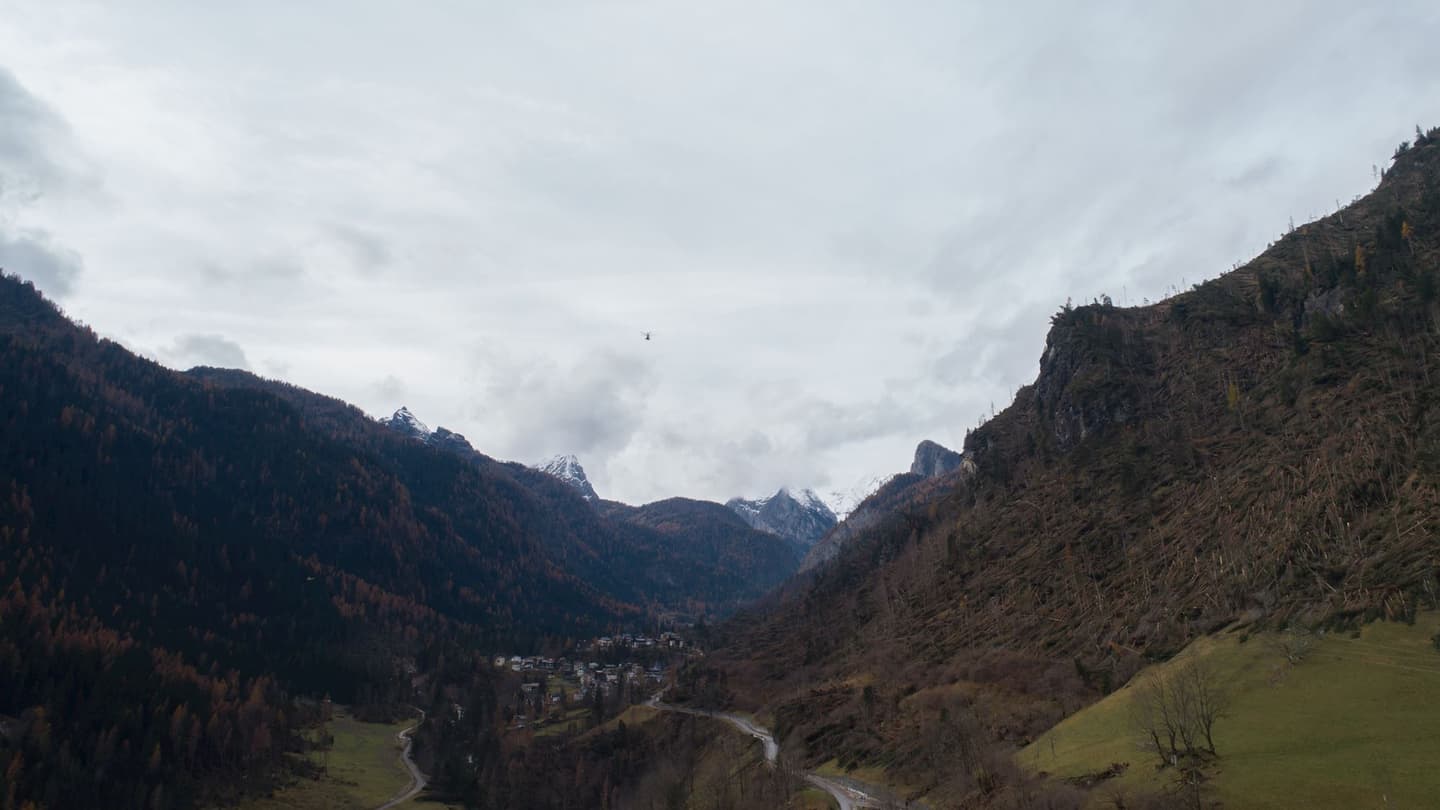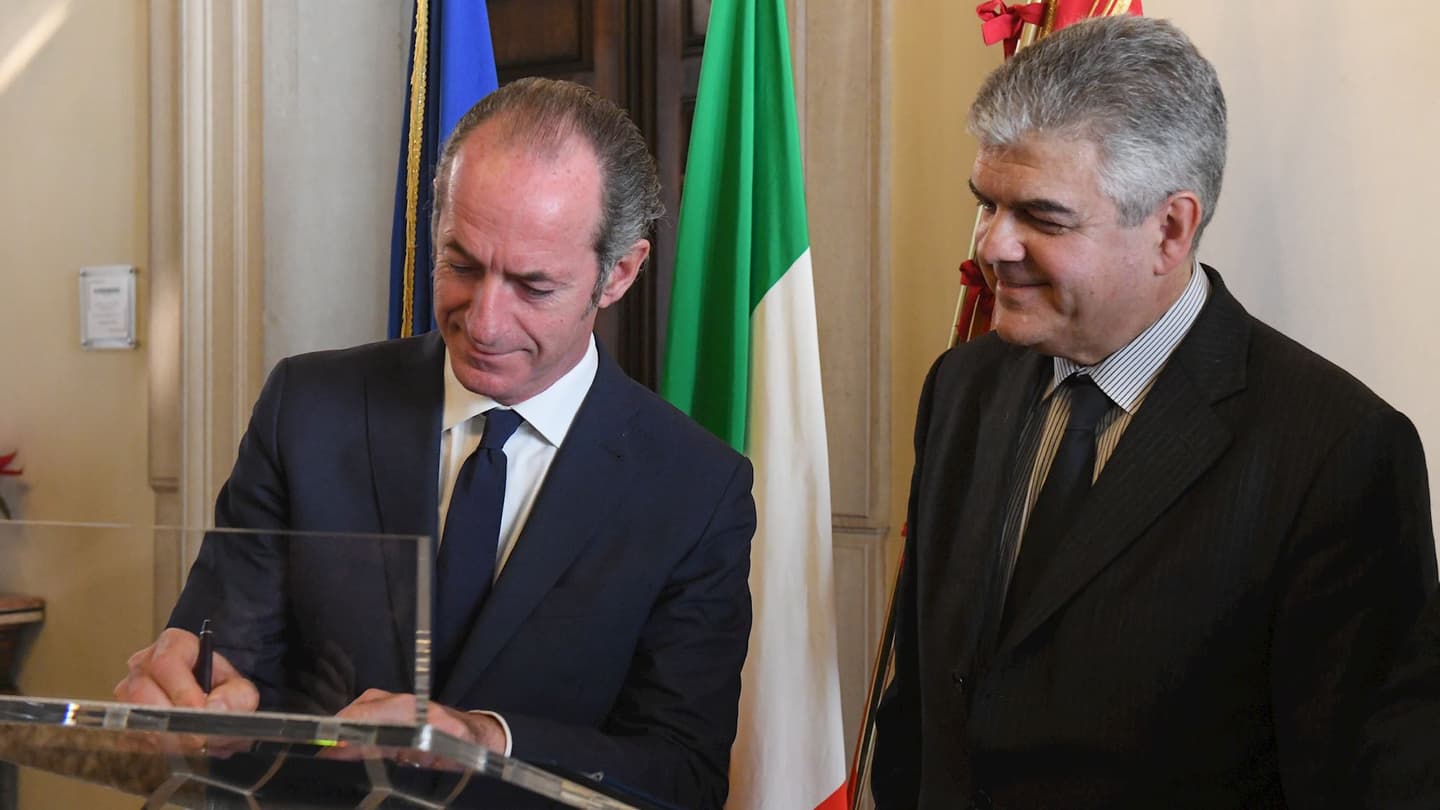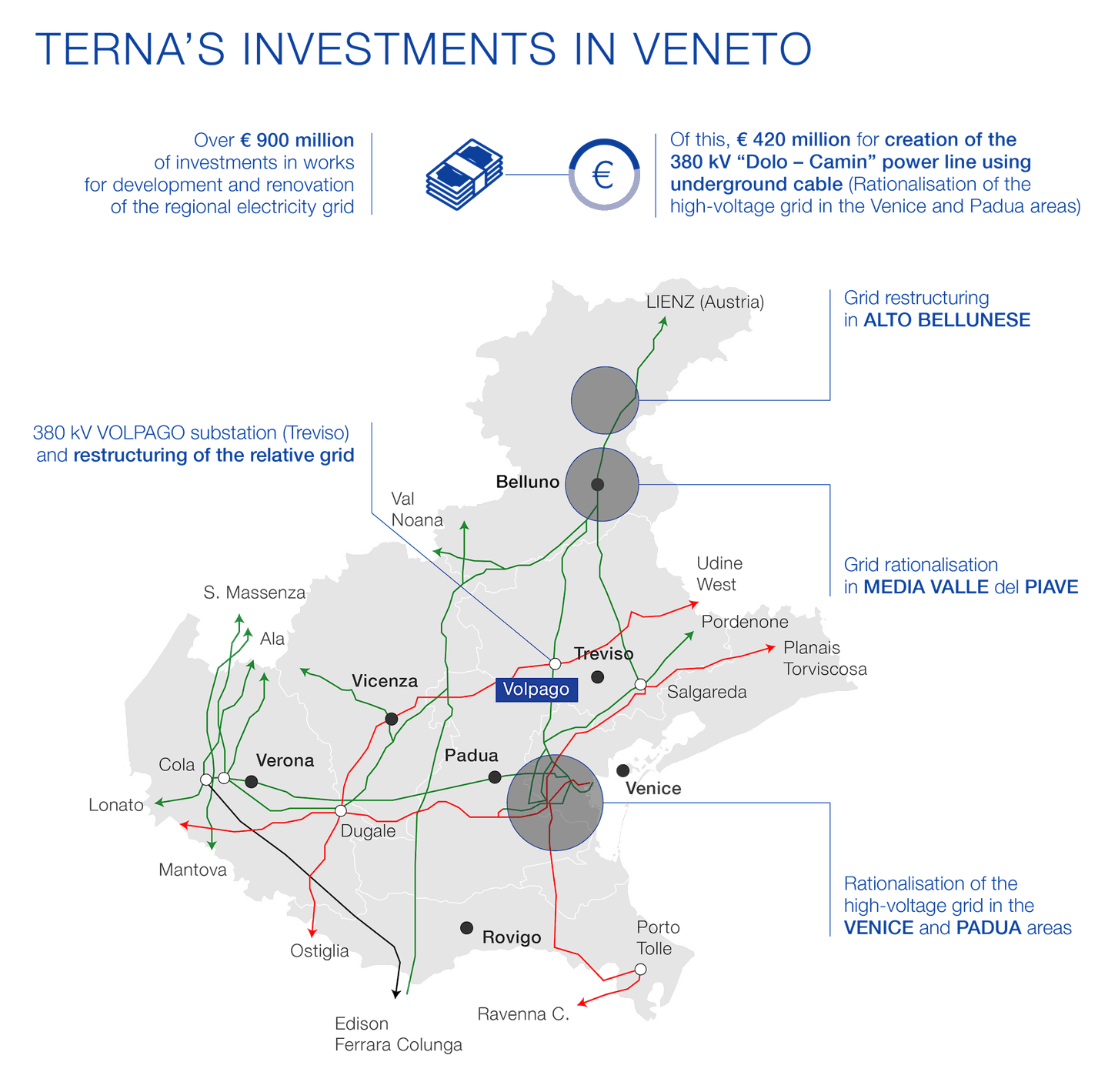One of Terna’s main strengths is its dialogue with local communities, carried out in order to identify the most suitable technical solutions for the development of the electricity grid, whilst paying close attention to local needs and sensibilities. This approach is also exemplified in the Italian National Transmission Grid Development Plan, which contains the works the Group foresees for the next ten years and the status of those started in earlier years. However, sometimes unforeseen natural events occur, the effects of which can lead to changes to the initial plans in order to address the needs of citizens and the unknown and unforeseeable variables such as the climate. Such is the case with the storms that hit the Triveneto region in November 2018, causing damages worth almost € 3 billion. It was one of the worst floods ever seen on Italian soil, with record rainfall and winds and several million cubic metres of uprooted timber. The falling of these trees in fact led to numerous problems for the electricity grid, with entire areas left without power due to collapsed pylons.

One of Terna’s main strengths is its dialogue with local communities, carried out in order to identify the most suitable technical solutions for the development of the electricity grid, whilst paying close attention to local needs and sensibilities. This approach is also exemplified in the Italian National Transmission Grid Development Plan, which contains the works the Group foresees for the next ten years and the status of those started in earlier years.

During the emergency situation, Terna quickly intervened to restore power to the areas affected by the bad weather. But both Terna and the affected areas' administrations have also been reflecting: can the works Terna has planned be even more sustainable and can we research innovative solutions which are, at the same time, safe and non-invasive for the environment? And so the agreement between Terna and the Veneto Region was born and signed by Terna's CEO and General Manager, Luigi Ferraris and the President of the Veneto Region, Luca Zaia.

The Veneto Region will therefore become a laboratory, where Terna will not only be able to experiment with unique and innovative technical solutions, which will then be replicated across the entire Italian territory, but will also be able to create real synergy between the grid operator and the region. What does the agreement foresee? First of all, the agreement plans for a series of interventions for the reorganisation and streamlining of the high voltage and extra high voltage grids, through the decommissioning of old overhead power lines and the creation of modern underground lines. The largest of these works is the underground cable construction of the 380 kV Dolo-Camin power line, a major redevelopment project for the Venice-Padua power line and the result of dialogue with the municipalities and local committees, for an investment of over € 400 million over 5 years. The works in the Media Valle del Piave between Polpet and the river crossing will also be constructed using underground cables (220 kV), as will those between Cortina and Auronzo di Cadore (150 kV). There will also be a new electrical substation in Volpago, which involves the creation of 26 km of new underground connections and the demolition of 51 km of overhead lines.

In the spirit of innovation and thanks to the collaboration of the Forestry Corps, large-scale "green corridors" will be created, the first of their kind in Italy and in Europe.
Various plant species will be planted along the routes of existing power lines, with controlled growth so that the branches do not damage the lines in the event of collisions (as was the case during the bouts of bad weather).
Other works involve the installation of devices to reduce the risk of conductors breaking due to the formation of wet-snow sleeves, which is a real issue for power lines exposed to the harshest temperatures, as well as other forms of monitoring network degradation.
Investment continues, moving from materials to people and their training: a new centre of excellence will be built in Scorzè, which, thanks to the agreements with numerous Veneto universities, will work on technological research and development in the electricity sector, through the funding of scholarships and prizes for theses. A testament to the fact that, when institutions and companies work together in the interests of the citizens and the territory, we can achieve significantly positive results for the protection of safety while at the same time developing skills.